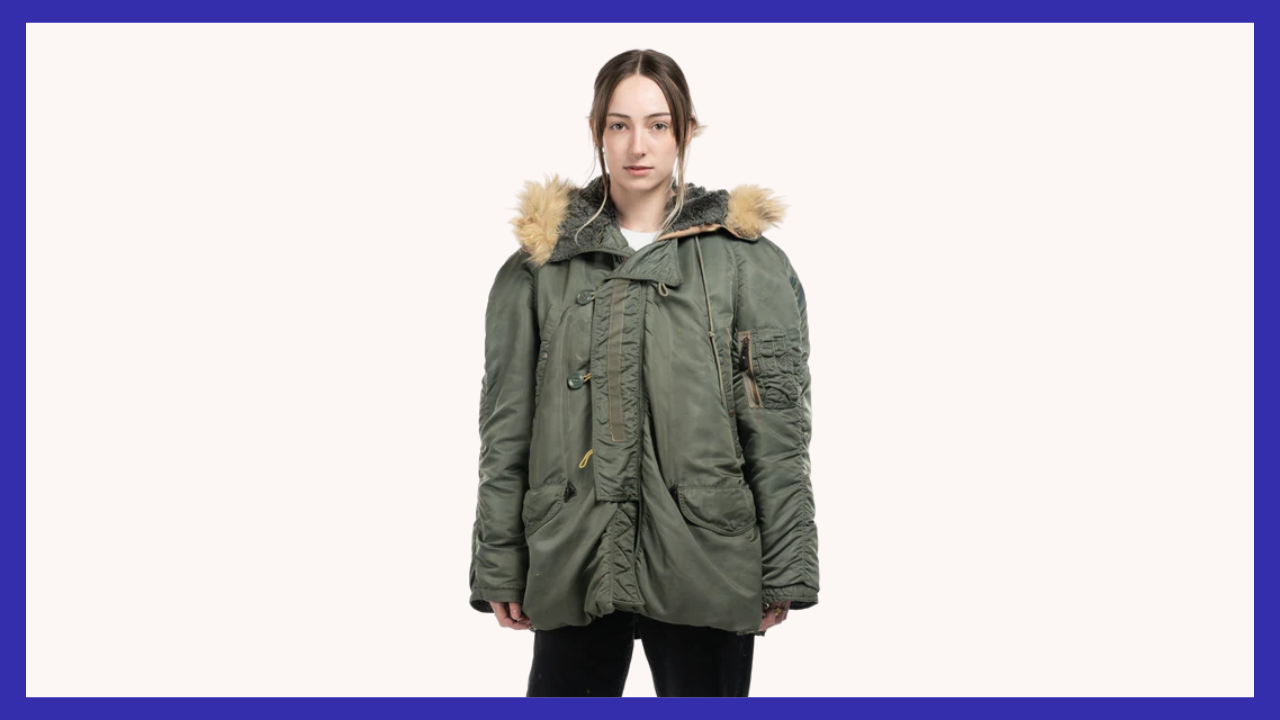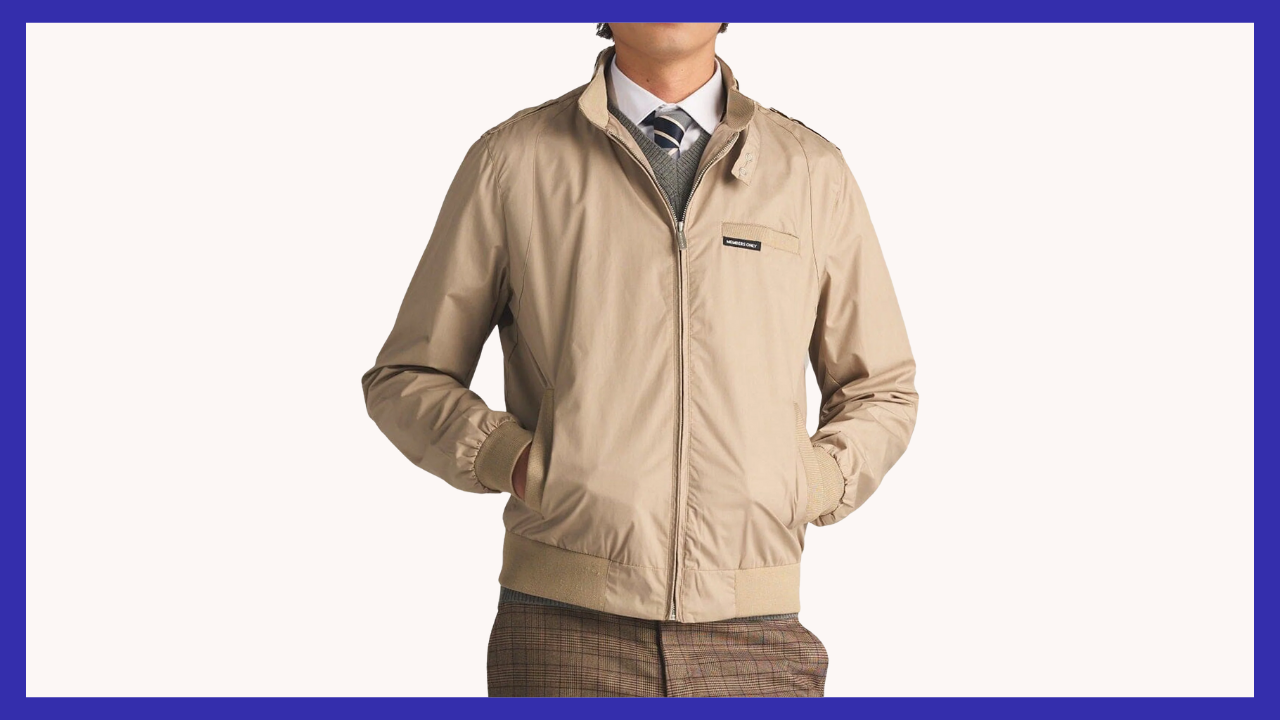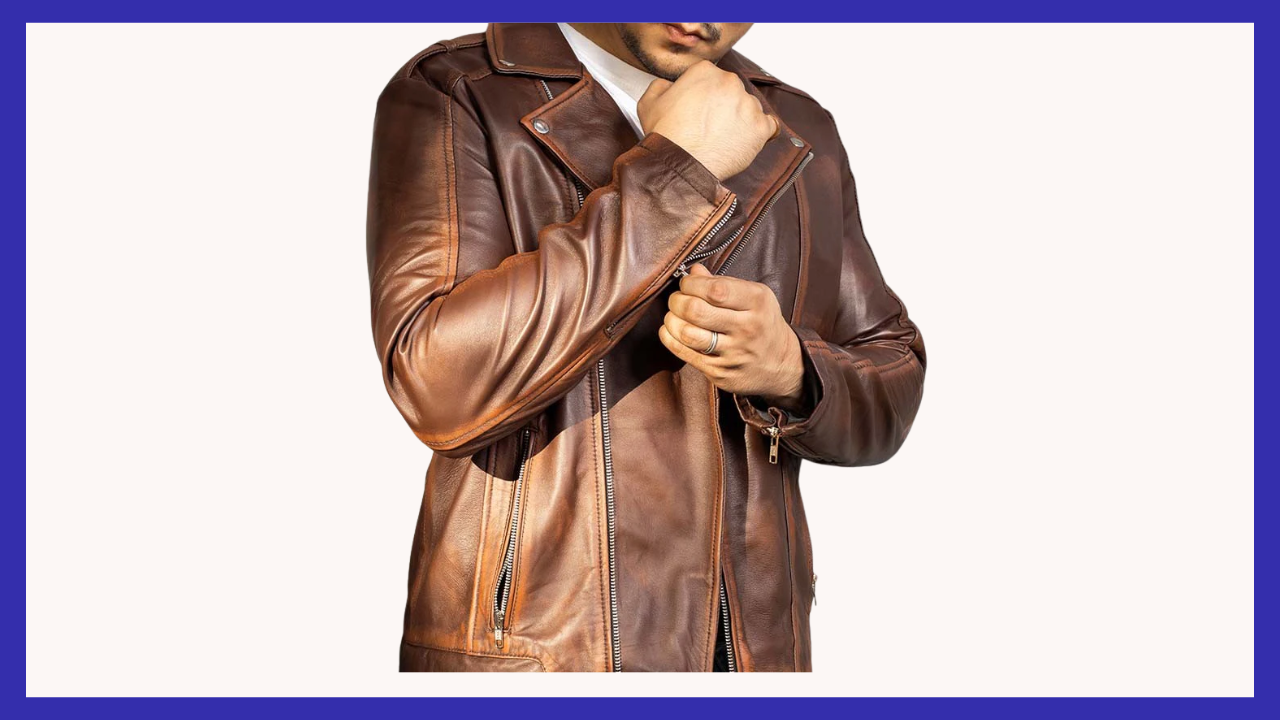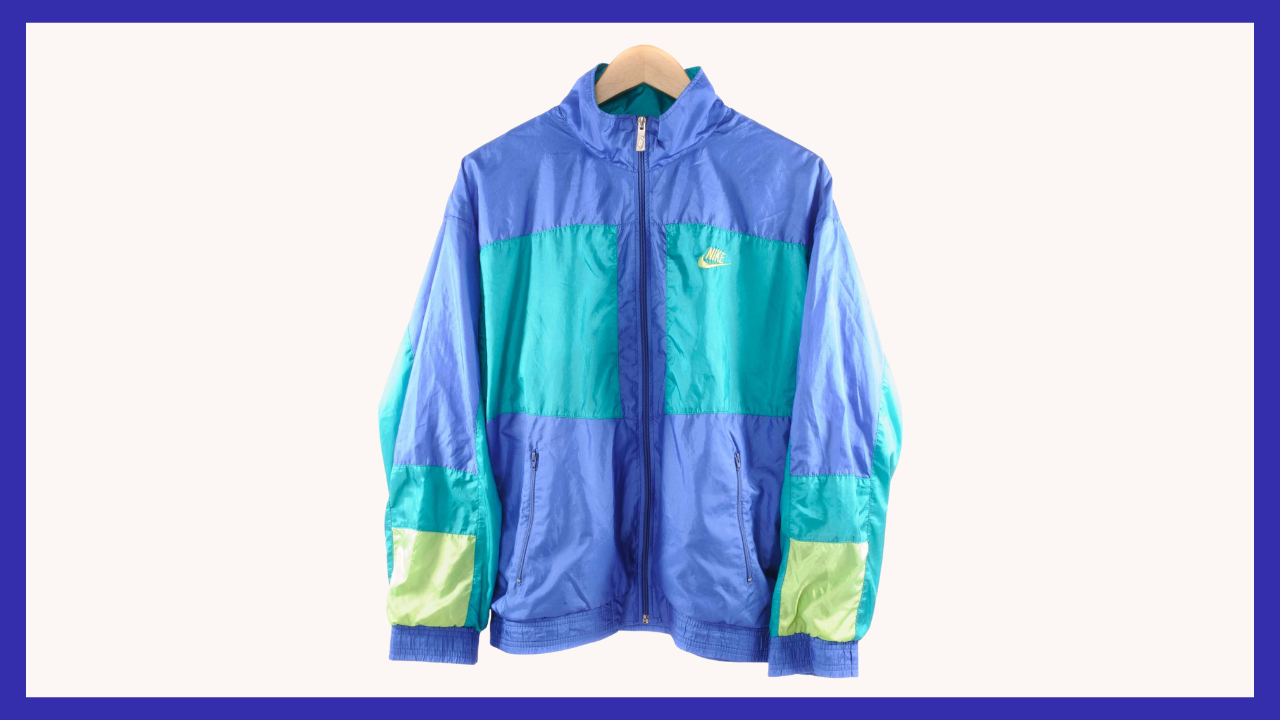AllVintageStyles
The Ultimate Vintage Fashion Encyclopedia
Parka

Hooded cold-weather coat with fur-trimmed hood, originally designed by Inuit peoples for Arctic survival and later adapted for military use.
Quick Facts
- Era: 1960s (peak popularity 1950s-1980s)
- Origin: Arctic regions (Inuit culture, later military and civilian adoption)
- Garment Type: Extreme cold weather outerwear with cultural and military heritage
- Key Identifiers: Attached hood with fur trim, long length, wind-resistant shell, multiple pockets
- Typical Resale Price: $80-$600 (authentic vintage pieces)
- Best For: Outdoor enthusiasts, military surplus collectors, cold climate dwellers
History & Evolution
Parkas originated from indigenous Arctic peoples, particularly the Inuit, who developed sophisticated cold-weather garments using animal skins and fur for survival in extreme temperatures. The design represented thousands of years of Arctic adaptation, combining functional elements like attached hoods, wind-resistant construction, and strategic fur placement for maximum warmth. Traditional parkas demonstrated indigenous engineering excellence in creating life-saving protective clothing.
World War II and Korean War military operations in cold climates led to US military adoption of parka designs, creating standardized specifications for extreme weather gear. The N-3B flight parka and M-1943 field jacket incorporated Arctic design principles with modern materials and manufacturing. Military surplus made authentic parkas available to civilians throughout the 1950s and 1960s, introducing Arctic-inspired design to mainstream cold-weather clothing.
The 1970s outdoor recreation boom transformed parkas from military surplus into essential gear for skiing, mountaineering, and winter sports. Brands like The North Face and Canada Goose commercialized Arctic design principles for civilian markets. Contemporary parkas continue this tradition with synthetic alternatives and updated materials, but vintage military and early outdoor examples offer superior construction quality and authentic Arctic heritage that modern mass production cannot replicate.
Authentication Tips
Authentic 1950s-1980s Features:
- Genuine fur hood trim (wolf, coyote, or raccoon) with natural texture variations
- Military specification labels and contract numbers indicating authentic government production
- Heavy cotton or nylon shell with substantial weight and wind-resistant properties
- Down or wool insulation with proper loft and distribution characteristics
- Reinforced stress points and military-grade hardware including zippers and snaps
Common Reproductions/Modern Pieces:
- Synthetic fur trim with uniform appearance and artificial texture
- Generic fashion labels without military specification or outdoor brand credentials
- Lightweight shells with poor wind resistance and inadequate weather protection
- Synthetic fill with poor loft characteristics or uneven distribution
- Simplified construction without authentic reinforcement details and military durability
Styling & Use Cases
- Best for outdoor enthusiasts: Combine with technical base layers and winter boots for authentic cold-weather expedition styling
- Ideal for military collectors: Pair with vintage military accessories for authentic surplus and field gear presentation
- Perfect for urban winter: Layer over casual clothing for practical yet substantial cold-weather city protection
Modern styling tips:
- Balance the parka's bulk with fitted bottoms to maintain proportional silhouette
- Focus on the hood and fur trim as distinctive features while keeping other accessories minimal
- Layer strategically underneath to maximize the parka's intended insulation efficiency
FAQ
Q: How can I tell if a parka is authentic military or early outdoor gear?
A: Check for genuine fur hood trim with natural variations, military specification labels with contract numbers, heavy cotton or nylon shell construction, quality down or wool insulation, and reinforced details typical of authentic military or early outdoor manufacturing.
Q: What's the typical price range for vintage parkas?
A: Authentic vintage parkas range from $80-600 depending on military provenance, fur quality, and brand reputation. Documented military pieces or early outdoor brand examples command premium prices among cold-weather gear collectors.
Q: How should I care for a vintage parka?
A: Professional cleaning for fur-trimmed pieces, gentle washing for shell materials, air drying to preserve insulation loft, and proper storage to prevent fur damage and maintain structural integrity.
Q: What makes vintage parkas valuable to collectors?
A: Authentic Arctic design heritage representing indigenous survival technology, superior military specification construction and materials, cultural significance in outdoor recreation development, and genuine fur trim quality impossible to find in modern ethical production.
📷: Kissing Booth



